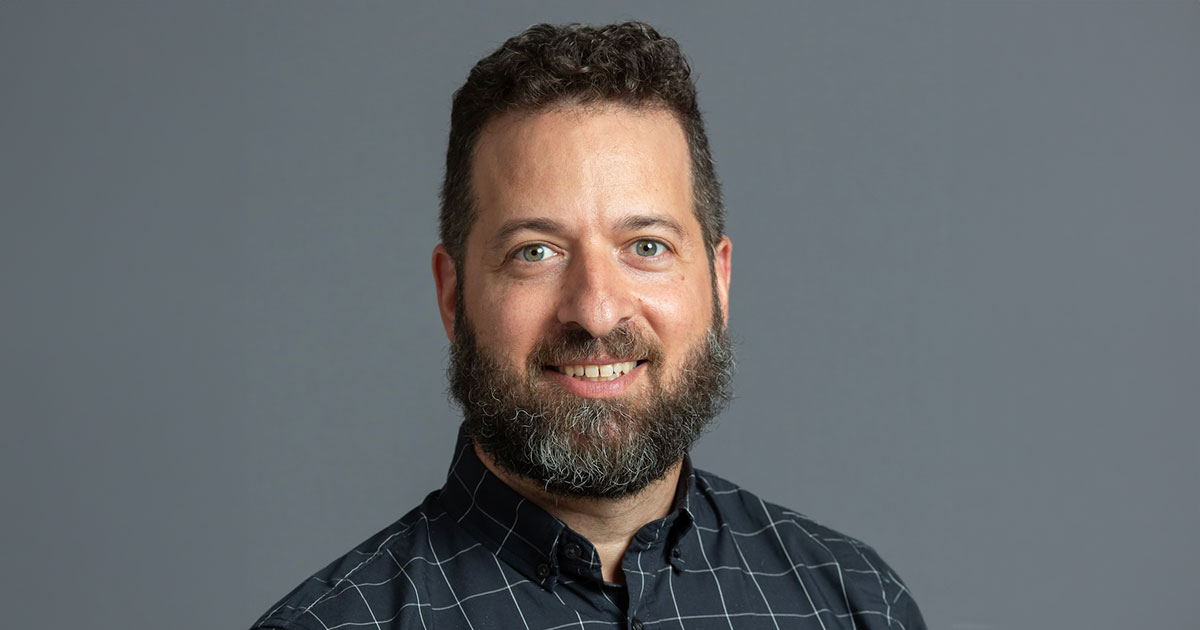When Brandeis professor Jonathan S. Anjaria welcomes students to his introduction to anthropology course, he tells them one of his goals is that they’ll come away being able to answer a question that comes up a lot: What can you do with an anthropology degree?
Quite a lot, as it turns out. Skills learned studying anthropology are in demand across many sectors, including healthcare, technology and market research. According to the U.S. Bureau of Labor Statistics, job openings in anthropology are expected to increase by 8% by 2033.
“Increasingly, there are tools graduates pick up in anthropology that have tremendous benefit beyond the academic world,” Anjaria said. “That changing job landscape is not always reflected in anthropology departments.”
He is part of a team that recently received a $380,000 grant from the National Science Foundation to research ways to bridge the gap between the academic study of what makes us human and real-world applications and career opportunities.
Anjaria said one of his research partners on the grant, anthropologist and Santa Clara University lecturer Melissa Cefkin, serves as a good example of just how useful an anthropology background can be. She has helped companies like Waymo develop self-driving cars that better understand traffic dynamics and worked with the Nissan Research Center on improving human interaction with autonomous vehicle systems.
Any human-facing work — talking to people, listening, analyzing behavior — benefits from an understanding of anthropology, Anjaria said. But too often, students are left to make those connections on their own. Along with Cefkin and Mark Moritz, professor of anthropology at Ohio State University, Anjaria will structure the grant around a 3-year “deep dive” study of 20 anthropology departments across the country to determine how faculty approach the viability of anthropology skills in the job market with students. He said he hopes to get a clearer picture of what obstacles exist, and where there might be distinctive models other departments could follow.
Additionally, Anjaria said the results of the study could offer useful data as Brandeis institutes major changes to its structure and curriculum to better align a liberal arts education with the changing demands of the workforce. He said students at Brandeis are intellectually curious, but they’re also thinking about jobs after graduation.
“I believe you can do both — have the abstract, theoretical discussion in the classroom, and also make the connection with careers,” Anjaria said. “I don’t think you have to choose one or the other.”
2025-08-25 22:11:00
